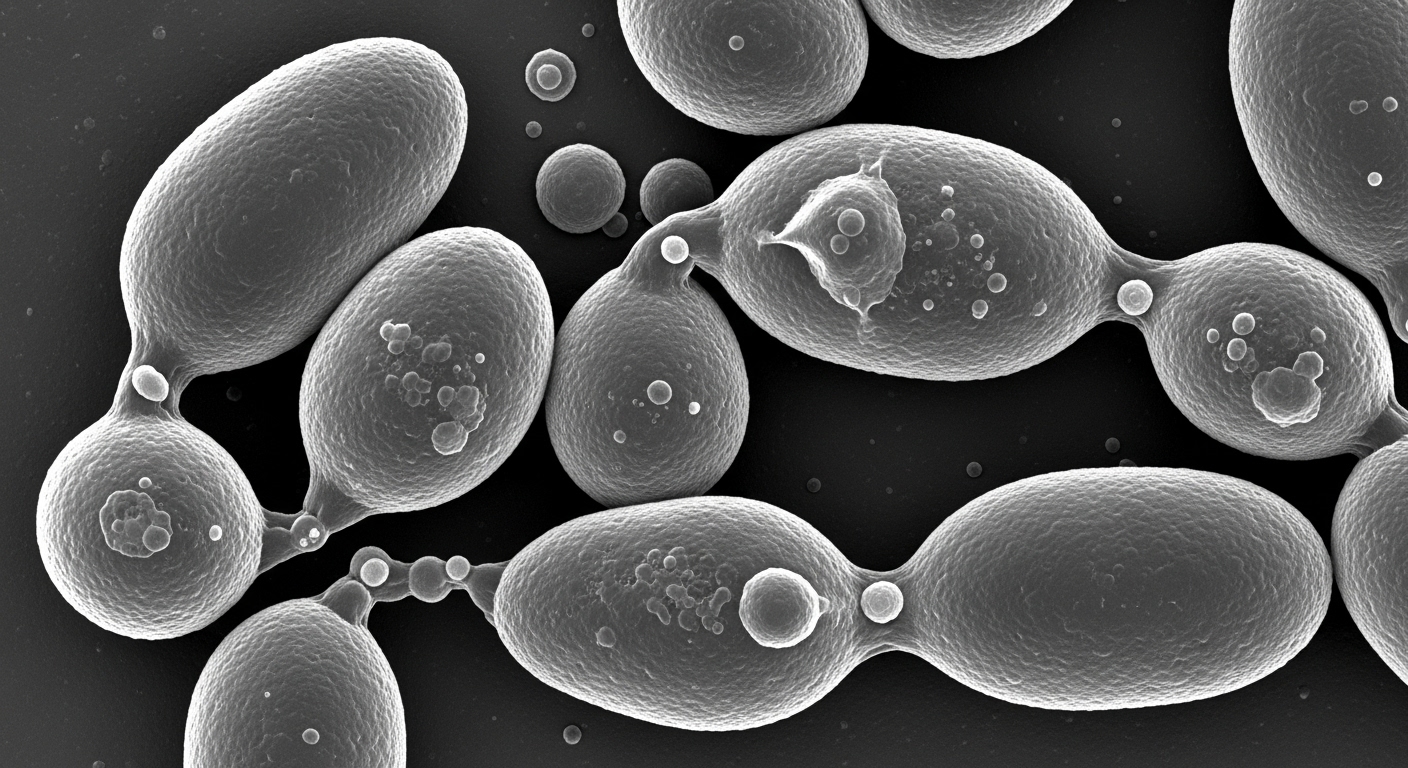Dr. Kumar’s Take
This paper clinched it for me. It pooled over 20 high-quality trials and showed what we suspected all along: Saccharomyces boulardii offers a real defense against one of the most common complications of antibiotic use — diarrhea. Whether you’re an adult or a child, adding this probiotic to your regimen can cut your risk nearly in half. It’s rare that a supplement holds up this well under rigorous scrutiny.
Key Takeaways
- 21 randomized trials included in the analysis.
- Antibiotic-associated diarrhea (AAD) risk dropped from 18.7% to 8.5%.
- Relative risk (RR) was 0.47 — a 53% reduction.
- Number needed to treat (NNT): just 10 to prevent one case of AAD.
- Effects consistent across adults and children.
- Minimal side effects; generally well tolerated.
Actionable Tip
If you or your child are prescribed antibiotics, strongly consider taking Saccharomyces boulardii (500 mg twice daily for adults, 250 mg twice daily for kids). Start on day one of antibiotics and continue for 3 days after finishing the course.
Study Summary
This 2015 meta-analysis by Szajewska and Kołodziej systematically reviewed and pooled data from 21 randomized controlled trials assessing Saccharomyces boulardii’s efficacy in preventing antibiotic-associated diarrhea. The trials included diverse patient populations, age groups, antibiotic types, and settings.
Study Design
- Type: Systematic review and meta-analysis
- Studies included: 21 RCTs
- Participants: 4,780 total (adults and children)
- Control: Placebo or no intervention
- Intervention: Saccharomyces boulardii supplementation during antibiotic therapy
- Primary Outcome: Incidence of AAD
Results
- Antibiotic-associated diarrhea occurred in:
- 18.7% of control groups
- 8.5% of S. boulardii groups
- Relative Risk (RR): 0.47 [95% CI: 0.38–0.57]
- NNT (Number Needed to Treat): 10
- Results were consistent across age groups and antibiotic classes
- No significant adverse events associated with S. boulardii
Biological Rationale
Saccharomyces boulardii, a non-pathogenic yeast, works by:
- Outcompeting pathogenic bacteria for binding sites
- Degrading bacterial toxins, especially C. difficile toxins A and B
- Stimulating secretory IgA and mucosal immunity
- Producing short-chain fatty acids and enzymes that help restore gut pH and flora balance
Unlike bacterial probiotics, yeast strains like S. boulardii are resistant to antibiotics, making them ideal for concurrent use.
Strengths & Limits
Strengths:
- Large participant pool across age groups
- High methodological rigor (randomized trials only)
- Consistent results across different study designs
Limits:
- Heterogeneity in probiotic dosing
- Not all studies reported blinding/masking methods
- Did not assess microbiome composition changes directly
Related Studies and Research
- Saccharomyces boulardii in the prevention of antibiotic-associated diarrhoea in children (RCT)
- SB + Amoxicillin-Clavulanate Effects on Gut Microbiota (RCT)
- High-Dose Vancomycin + SB for Recurrent C. difficile
- SB in H. pylori Therapy (RCT)
- 🎙️ Saccharomyces boulardii Explained – Podcast Episode
FAQ
Does this apply to all antibiotics?
Most antibiotics were covered across the studies, including amoxicillin, cephalosporins, and macrolides. The benefit of S. boulardii was generally consistent.
Is this yeast safe for children?
Yes. Several studies included pediatric participants and showed good tolerability. Use standard pediatric doses (250 mg BID).
Can I take this with a bacterial probiotic too?
Yes. In fact, many regimens stack Saccharomyces with strains like Lactobacillus rhamnosus for complementary effects.
Bottom Line
Saccharomyces boulardii is one of the most evidence-backed tools we have to prevent diarrhea from antibiotics. Its robustness against antibiotic killing, toxin-neutralizing effects, and excellent safety profile make it a top choice — especially for patients at risk of gut dysbiosis.


